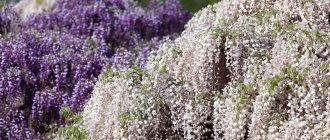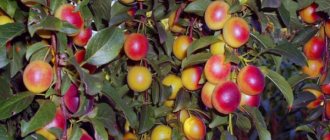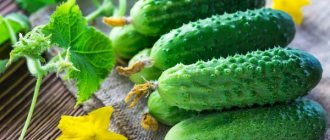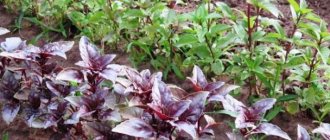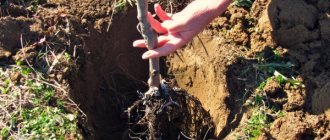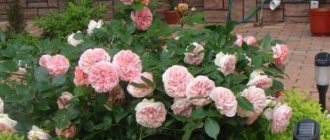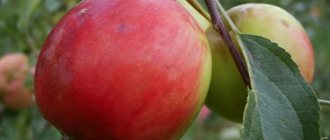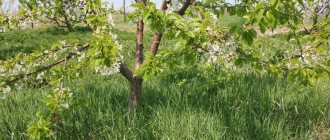Vegetable growing »Pepper
0
1236
Article rating
The peculiarity of the Urals climate is that the weather is changeable, cold winds often blow, summer is short with an average temperature of 20-22 ° С. Such conditions do not look particularly attractive for growing a heat-loving crop. But a large list of hybrids and varieties allows you to choose peppers for the Urals, which will grow and bear fruit perfectly. And simple agronomic techniques will help to achieve good results in growing peppers, even in a cool summer.
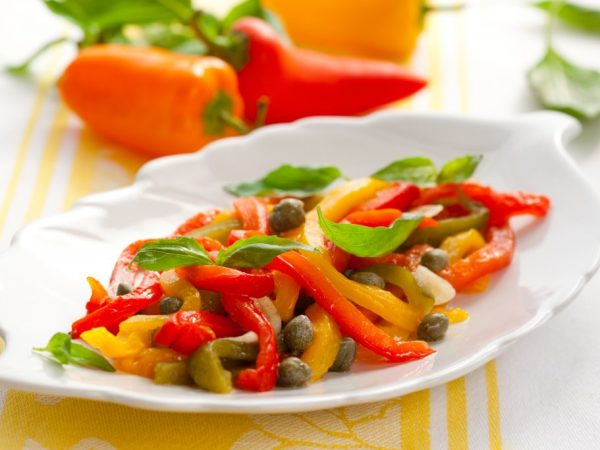
The best varieties of salad peppers for the Urals
The best varieties of pepper for the Urals and Siberia
Taking into account the characteristics of the region, it is worth choosing the appropriate plant varieties. Preference is given to species that ripen early and tolerate frost well. There are crops for planting in open ground and a greenhouse.
For greenhouse
Varieties intended for planting in a greenhouse or greenhouse are not planted in open ground. Otherwise, the yield decreases. When growing each species, care is taken into account.
The best greenhouse peppers are:
- Yellow bull. The variety is considered hybrid. Differs in good characteristics. The species produces large fruits with thin skin but thick walls. The weight of one pepper is up to 400 g. The taste is sweet, the fruits are called tender and fleshy. When the pepper ripens, it becomes a golden hue.
- Cockatoo. The shape of the fruit is elongated, the color is red. Bushes are tall. It is recommended to plant the culture in a glass or polycarbonate greenhouse. Peppers require a maximum of ultraviolet light to ripen. If all agrotechnical measures are carried out correctly, the first crop is harvested after 130 days.
- Red Bull. Gardeners called this species "giant" due to the fact that the variety bears large fruits. When ready to harvest, the peppers have a bright red hue. In length, the fruits ripen up to 20 cm, consist of several chambers and contain a minimum of seeds. The pulp is dense, the walls of the pepper reach a width of 10 mm.
- Casablanca. The fruits of this variety appear on the bushes 95 days after planting. If the planting and growing conditions are met, the yield is high. The peppers are large and juicy.
- Claudio. It is a hybrid species characterized by early ripening. Gardeners receive the first peppers 72 days after planting. The taste of vegetables is excellent. Bushes grow tall and sprawling. Bulgarian pepper grows large, with soft juicy pulp and thin skin.
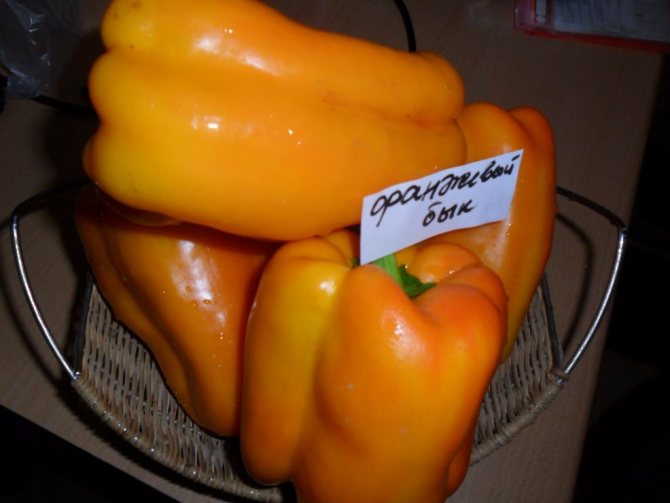

For open ground
In the southern parts of the region, plants are planted outdoors. At the same time, it is necessary to cultivate vegetables when the climatic conditions are suitable outside. The varieties do not ripen very quickly, and it is not always possible to harvest a high yield. But the species are resistant to stress and are immune to diseases that are of fungal and viral origin.
See also the Characteristics, description and cultivation of Bogatyr pepper varieties
The following varieties are grown outdoors:
- Veselinka. The variety is designed for outdoor cultivation. The bush is medium in size. The crop will not yield high yields. From 1 m2, up to 3 kg of fruits can be harvested per season. When they reach full maturity, the peppers turn yellow. By weight, one fruit tightens up to 80 g.
- Novosibirsk.The species is unpretentious and is considered to be relatively productive. Observing agrotechnical measures from 1 m2, you can collect up to 10 kg of peppers. The fruits have a red tint, resemble a cylinder in shape. The taste is pleasant, the aroma is pronounced. Without bitterness and other unpleasant notes.
- Sultan. This sweet bell pepper takes a long time to mature. The first purchasable fruits are ready to harvest after 135 days. If the climatic conditions are suitable, and the agrotechnical measures are observed, the harvest will be able to be harvested after 165 days. Bushes of short stature, grow no more than 50 cm. Fruits are large in size, the weight of one pepper ranges from 180 to 200 g.
- Bogatyr. Seeds with this name have different characteristics. In the classic form, the variety is large and has red fruits. The hero ripens quickly. The crop is harvested 135 days after planting.
- Triton. The construction of this variety on the beds will not cause problems for the gardener. The Novosibirsk region is suitable for the cultivation of this species. Triton is considered unpretentious. The bush reaches a height of 50 cm. The yield is good. The variety is classified as early maturing.
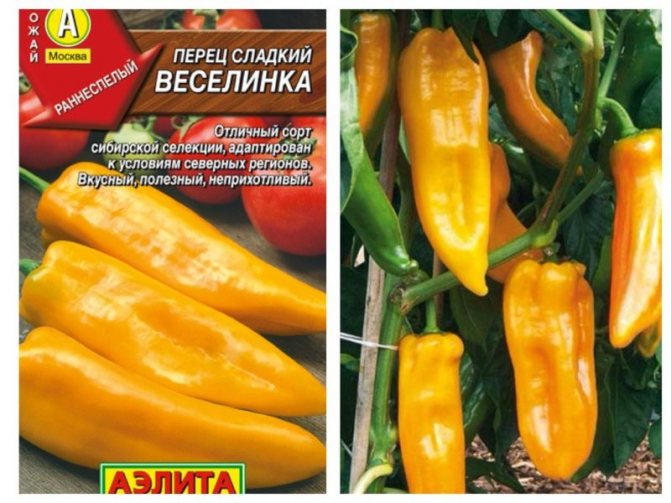

The latest achievements of breeders
Breeders are constantly creating new varieties of pepper. Many gardeners willingly try to plant them in the areas:
- Sweet chocolate. Mid-season. Determinate bush, 70-80 cm high. Fruits are conical. The skin is brown, glossy, very thin, the flesh is dark red. The weight of the pepper is 80–100 g, the walls are 5–7 mm thick. The taste is original, with a slight bitterness and almost chocolate aroma.
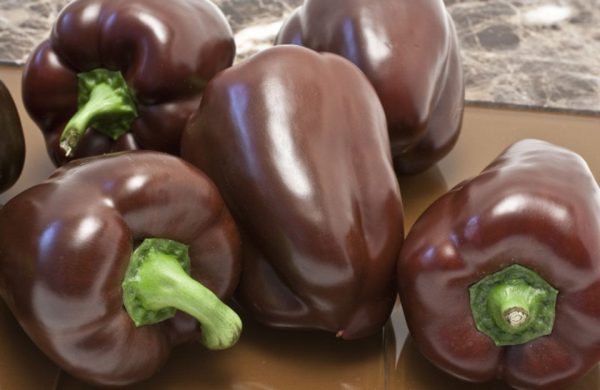

Pepper varieties Sweet chocolate resembles chocolate not only in skin color, but also in aroma
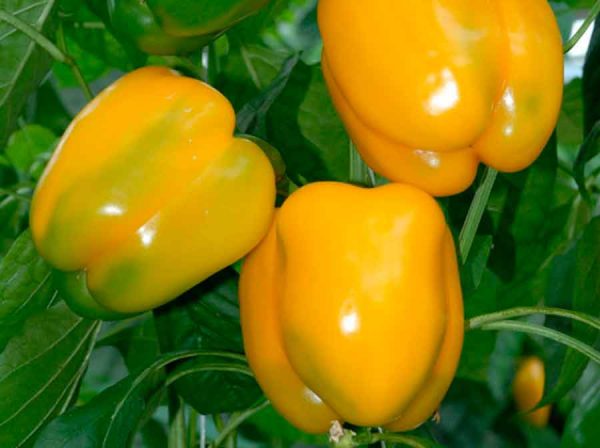

Pepper Shchegol is one of the promising early maturing varieties
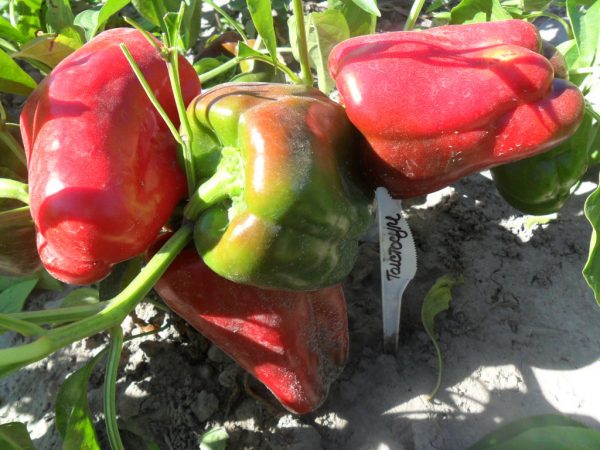

Tolstosum peppers are very suitable for fresh consumption
The subtleties of growing
Peppers love heat and ultraviolet rays, while they do not tolerate sub-zero temperatures well. Therefore, in the Urals and Siberia, one should not rush to plant a culture. Before planting seedlings in the ground, you need to make sure that the weather does not surprise you with an unpleasant surprise in the form of spoiled weather. Also, plants do not like temperature drops.
Suitable precursors for peppers are cucumbers, onions, zucchini, carrots, pumpkin, and cabbage. The culture should not be planted in the place where previously there were eggplants, potatoes, tomatoes, peppers or physalis.
5 days before the planned landing date, soil is disinfected. To do this, you need to take 1 tbsp. spoon of copper sulfate and dilute in a bucket of liquid.
Planting seedlings in open ground is carried out from the end of May to mid-June. The scheme is 40x40. The seedlings are sent to the ground to the depth of the container in which they were grown.
Pepper needs raised beds, which need to be raised somewhere by 25-55 cm. Pepper is considered a crop susceptible to pollination, therefore, if several species are planted in the same garden, they are separated by tall crops - tomatoes, sunflowers or corn.
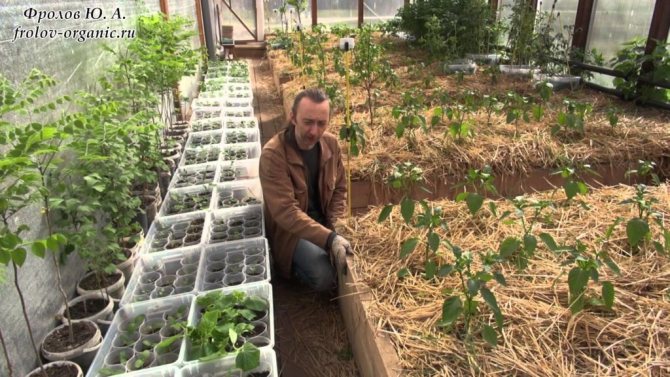

Expert opinion
Stanislav Pavlovich
Gardener with 17 years of experience and our expert
Ask a Question
Attention! It is recommended to grow seedlings before planting a crop not only in Siberia or the Urals, but also in other regions.
Brief overview of hybrids
So, we have considered some varieties, it is time to pay attention to several hybrids popular in Siberia.
F1 White Lady
A compact, small bush bears strong, large cuboid fruits. When ripe, the pepper color changes from white to orange.
Claudio F1
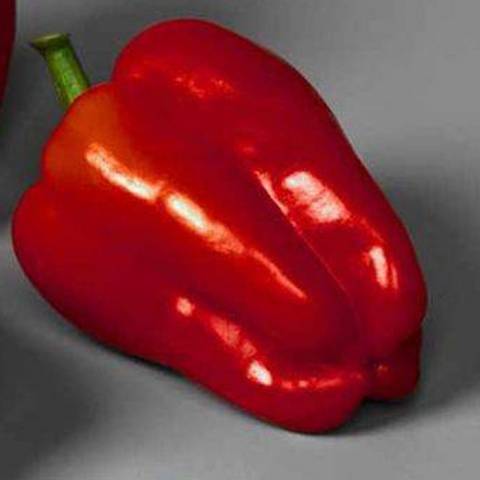

In a maximum of 80 days, the hybrid will give a ripe crop of peppers. The red cuboid fruits weigh about 250 g and have dense juicy flesh. The hybrid is resistant to weather changes and many diseases.
Gemini F1
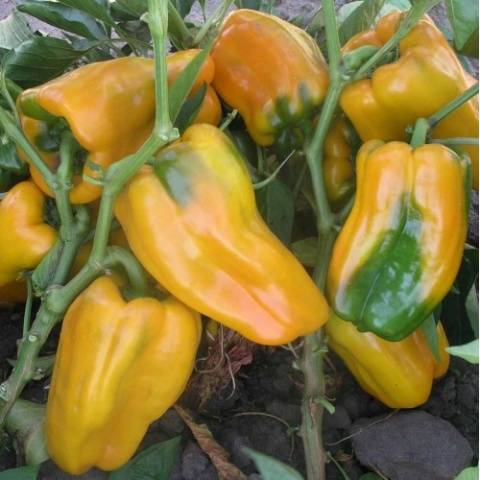

The culture of Dutch selection has adapted well to the Siberian climate. Ripe fruits can be obtained very early after about 72 days from the moment the seedlings are planted. Cuboid yellow peppers weigh about 400 g. The culture easily tolerates various stresses, and the fruits themselves are not afraid of burns from direct sunlight.
Montero F1
A fairly popular hybrid is used by vegetable growers to obtain greenhouse crops. Red peppers weigh a maximum of 260 g. The first fruits ripen 90 days after planting.
Further care
After planting the plants, you need to organize competent care of the crop.
See also Why bell pepper leaves curl
Watering and pollination
Insufficient watering can result in the pepper not producing a high yield. Along with this, an excess of moisture can become a trigger for the development of diseases of fungal origin.
Water the peppers in moderation. For the full growth of the culture, three waterings per week are carried out. If the summer is dry, the earth is moistened daily.
When growing peppers, special attention is paid to pollination. This measure is necessary to obtain a high yield. The culture is self-pollinating, but experienced gardeners recommend not neglecting the services of bees or bumblebees, if any. In a private garden plot, any insects can be pollinated. In production conditions, they often resort to the help of bumblebees, which is a more effective method.
If during the period of active development the plants do not receive the required pollination, the fruits will grow deformed.
At home, the pollination process can also be done manually. This procedure requires a regular school eraser or ear wand. A triangle is cut off from the stationery, into which you need to stick a sewing needle. Such a homemade device will allow you to transfer pollen from one plant to another.
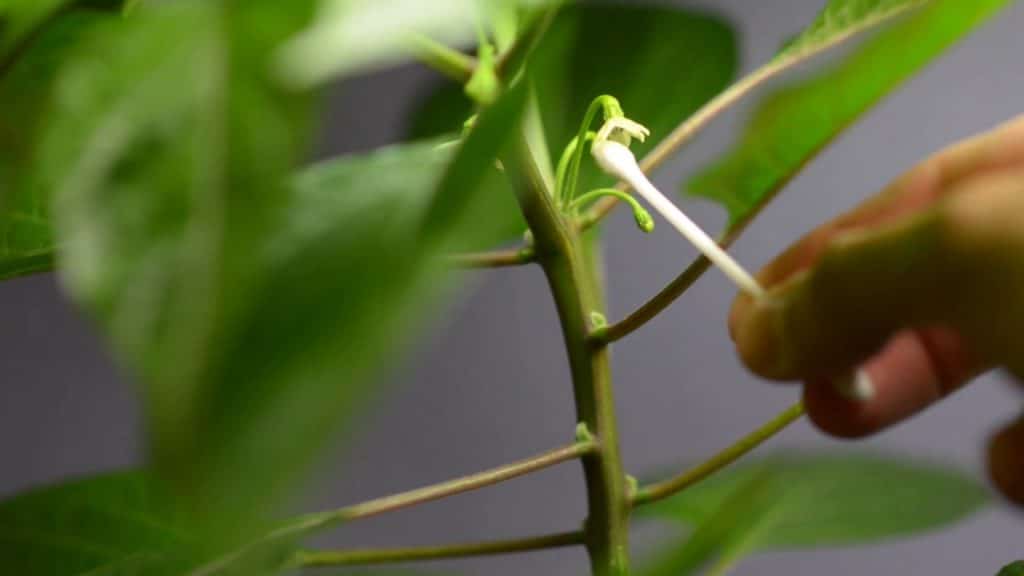

To attract insects that can pollinate the crop, parsley or coriander is planted between the rows of peppers. It is also a great idea to place banana and apple skins on the ground.
Formation of bushes
Most of the species listed above do not need to form bushes. If pinching is active, then you can get rid of the lower shoots. However, it is important to know when to stop and not damage the culture.
Characteristics of culture
Sweet early peppers are an annual crop related to the nightshade. There are more than 2,000 species in the world.
Sweet peppers contain large amounts of vitamins and minerals vital for humans.
It includes:
- a record content of ascorbic acid (vitamin C) for vegetables: it helps to strengthen immunity and cleanse blood vessels from cholesterol deposits;
- vitamin P, which increases the elasticity of blood vessels;
- B vitamins, which have a positive effect on the condition of hair, skin, and improve mood;
- iron, which improves blood composition;
- iodine, which normalizes metabolism, stimulates brain activity;
- silicon that strengthens hair and nails.
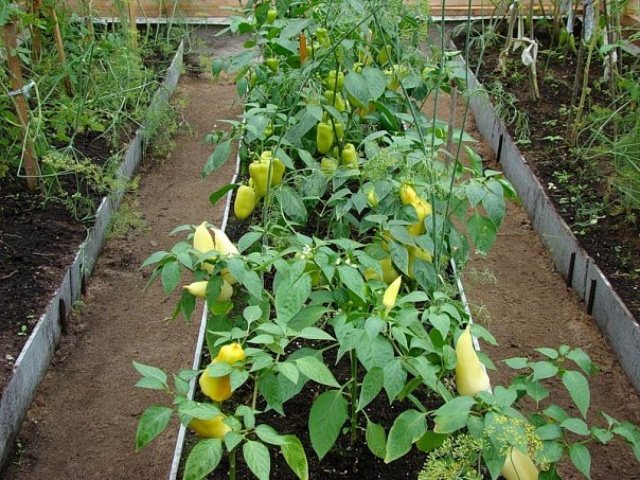

If possible, it is better to grow this annual plant in your garden plot. This is the only way to be sure that when consumed, the body will receive a lot of nutrients, and not nitrates. Doctors note that lovers of sweet peppers have stronger immunity, they are less susceptible to surges in blood pressure and problems with the functioning of the digestive tract.
Protection against diseases and pests
You can protect pepper from pests with folk remedies. For example, ticks do not tolerate the aroma of tobacco infusion, and aphids do not like dandelion infusion. You can get rid of viral diseases thanks to skim milk.
Expert opinion
Stanislav Pavlovich
Gardener with 17 years of experience and our expert
Ask a Question
Attention! Timely feeding of the crop will protect the crop from diseases and pests.
What to look for when choosing a variety
Starting to look for "what is needed", gardeners rush for information on the Internet, looking for the desired variety in numerous volumes of the State Register of Vegetable Growing. However, many varieties and hybrids included in the register, and intended for cultivation in the unstable climate of the Urals, are only theoretically suitable for obtaining good and stable yields.
When choosing the best sweet pepper for the regions of the Urals, you need to focus on the winter hardiness of the variety, its adaptability to a certain light zone and a short cool summer. All this can be initially laid down in the hybrid by breeders, but gardeners themselves must observe the main set of conditions for a thermophilic sweet pepper.
Here are just a few recommendations of the Ural farmers who receive early and mid-season Ural sweet peppers on their plots:
Germination of planting material
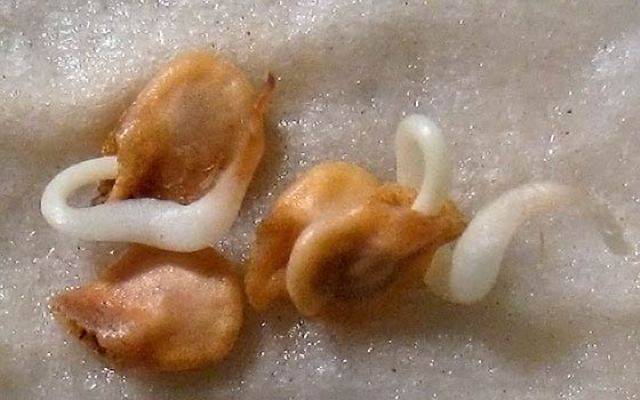

Despite some recommendations from producers that seeds need to start germinating and hardening in February, for the Ural soils this event should be held no earlier than March 20. As soon as the seeds hatch, sow them immediately.
Growing strong, disease-resistant seedlings
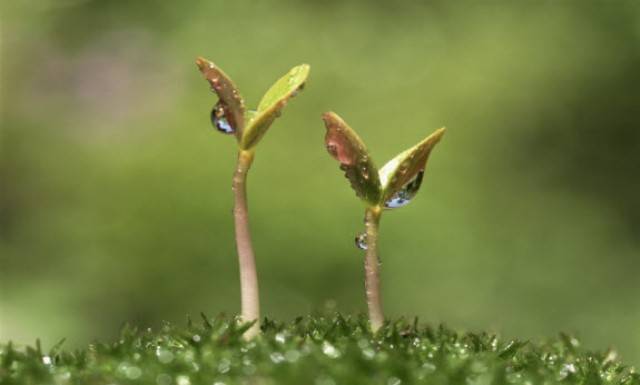

The hatched seeds are sown in opaque cups. Since the root of the pepper is too weak and easily injured, it is best if the planting material is planted in disposable peat containers. The second rule - in no case let the seedlings dry out by regularly watering the seedlings. The air temperature in the room where the pepper rises should not fall below 25-26 0 С.
Transplant into open soil
Cloudy weather is chosen for this important step. Better yet, start planting peppers in the morning or late in the evening, when planting peppers does not fall under the direct scorching rays of the sun. To avoid damage to the root boring, pour the soil in cups so that it falls out in one lump. Since the leaves are very delicate, it is also worth watching them during the whole process. The 40 * 40 cm scheme is considered the most optimal for planting and caring for pepper seedlings in the Urals. It is recommended to make the depth of the hole a little more than the height of the container, and fill it with two liters of warm water.
The seedlings are set vertically, the roots are covered with earth, and the leaves are tied to a peg.
This is followed by the construction of a greenhouse from a film. The number of layers depends on the degree of cold, the characteristic area. The appearance of new leaves will serve as a good sign that the boring has started and got stronger. However, in the Urals one should not relax, there summer is full of surprises, and a film with a covering material should always be at hand.
Choosing the right site for planting
The main rule when choosing a site for planting pepper is the more sun, the better. It is important that during the day he is under the sun and does not fall into a shady shelter.
The next point is that it grows in loose soil rich in nutrients. However, you do not need to over-fertilize it with droppings or fresh mullein, as well as various microelements and preparations.
The landing site must be protected from drafts and strong gusts of wind. They also grow better in the soil of moderate watering, and do not like excess moisture.
Do not forget about crop rotation. The basic rules are simple: the best predecessors are beans, cabbage, peas and cucumbers; the best neighbors are tomatoes, as they scare away aphids from this delicate plant. The smell of bush beans is also effective in this regard, it will scare off any pests that decide to interfere with the sprout of pepper. From the north, corn is traditionally planted to protect the vegetable plant from cold winds.

